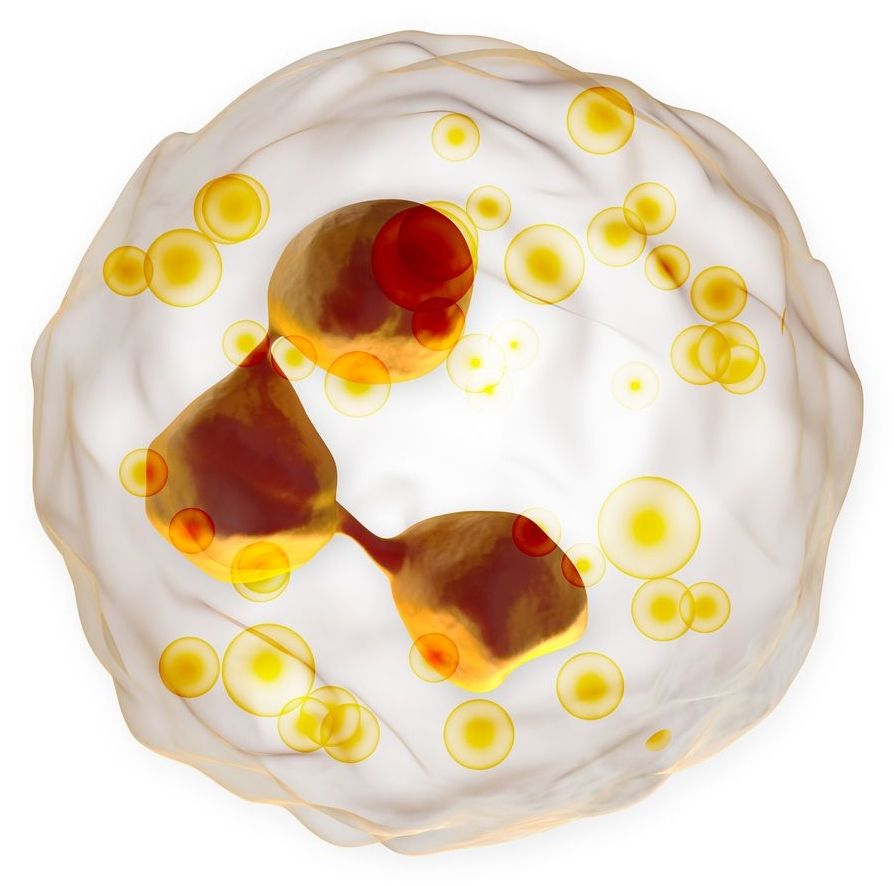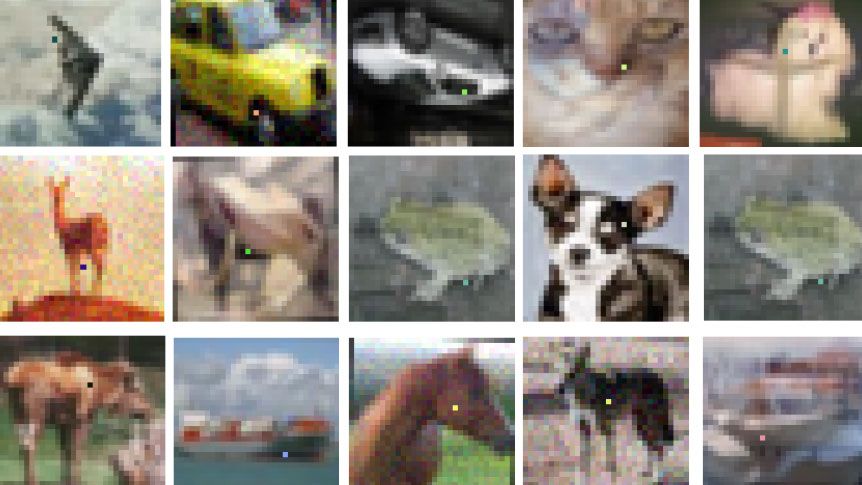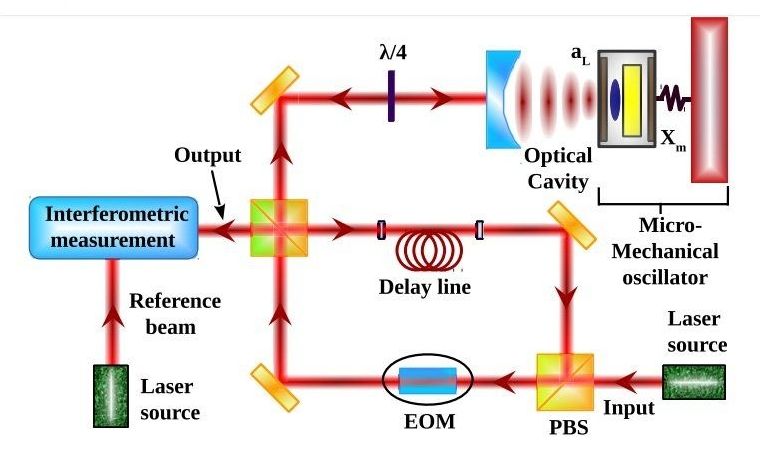The core of a neutron star is such an extreme environment that physicists can’t agree on what happens inside. But a new space-based experiment — and a few more colliding neutron stars — should reveal whether neutrons themselves break down.


A new analysis of data from NASA’s Kepler telescope has revealed a treasure trove of 20 extraterrestrial worlds astronomers say could hold life.
The new analysis includes several planets that orbit stars similar to our sun.
They include KOI-7923.01, an exoplanet 97 per cent the size of Earth, but colder.


In recent articles, we have talked about the potential of the immune system to help repair tissue, including for peripheral nerve damage, Atherosclerosis, and Parkinson’s. Immune cells not only fight infection; as this new study shows, they also help the nervous system remove debris, paving the way for nerve regeneration following injury.
While previous studies suggested that nerve cell damage repair was conducted by other immune cell types, such as macrophages, researchers from Case Western Reserve University School of Medicine have shown that neutrophils also play a role.

Thank a new approach to spoofing image recognition AIs, developed by a team from Kyushu University in Japan, for that joke.
Trying to catch out AIs is a popular pastime for many researchers, and we’ve reported machine-learning spoofs in the past. The general approach is to add features to images that will incorrectly trigger a neural network and have it identify what it sees as something else entirely.
The new research, published on the arXiv, describes an algorithm that can efficiently identify the best pixels to alter in order to confuse an AI into mislabeling a picture. By changing just one pixel in a 1,024-pixel image, the software can trick an AI about 74 percent of the time. That figure rises to around 87 percent if five pixels are tweaked.

Physicists have proposed a way to test quantum gravity that, in principle, could be performed by a laser-based, table-top experiment using currently available technology. Although a theory of quantum gravity would overcome one of the biggest challenges in modern physics by unifying general relativity and quantum mechanics, currently physicists have no way of testing any proposed theories of quantum gravity.
Now a team of seven physicists from various countries, S. Dey, A. Bhat, D. Momeni, M. Faizal, A. F. Ali, T. K. Dey, and A. Rehman, have come up with a novel way to experimentally test quantum gravity using a laser-based experiment. They have published a paper on their proposed test in a recent issue of Nuclear Physics B.
One reason why testing quantum gravity is so challenging is that its effects appear only at very high-energy scales and their corresponding tiny length scales. These extreme scales, which are very near the Planck scale, are roughly 15 orders of magnitude beyond those accessible by the Large Hadron Collider (LHC), by far the world’s highest-energy experiment.

As fast as fiber optic lines have become, they’re still hamstrung by one key limitation: you still need to transmit that data over wires, which limits where you can transmit and the affordability of the fastest connections. Scientists may have a way to eliminate those cables while offering even faster speeds, though. They’ve discovered a way to ‘twist’ photons in a way that not only crams more data into each transmission, but survives interference from turbulent air. If you pass light through a special hologram, you can give photons an optical angular momentum that lets them carry more than just 1s and 0s — and so long as the light’s phase and intensity are right, you can reliably beam that data over long distances.
The research team successfully tested just such a link over a 1-mile stretch in Germany, making sure that it took place in an urban environment where the turbulence from taller buildings could theoretically cause chaos.
There’s still a lot of work to be done before this kind of wireless networking is practical. How do you serve a large number of people, and how is data affected by rain or snow? Still, it’s promising. The technology is clearly limited by the challenges of transmitting light (you couldn’t use this to transmit indoors, for obvious reasons), but it could be instrumental to the next generation of last-mile wireless networks. Instead of having to painstakingly wire homes and offices to achieve multi-gigabit speeds, internet providers could use light-based wireless links for large parts of their network and install cabling only when it’s absolutely necessary.
The Ocumetics Bionic Lens essentially replaces a person’s natural eye lens, given them the ability to see three times better than 20/20 vision. Though not yet available to the public, human trials are expected to begin on the lenses in July 2017.
Most of us take our vision for granted. As a result, we take the ability to read, write, drive, and complete a multitude of other tasks for granted. However, unfortunately, sight is not so easy for everyone.
Struggling to steer its economy away from oil dependence, Saudi Arabia announced an audacious plan to build a $500 billion super-city that is intended to become a world-class business hub.
Saudi Arabia is moving toward a “new generation of cities,” said Mohammed bin Salman, crown prince of the Middle Eastern kingdom, during one of his rare appearances before the press on October 24. The first of its kind, the city, to be named Neom, would be powered by green energy and have no room for “anything traditional,” he said.
Neom, an ambitious business hub, was promoted with a video clip showing happy people engaging in business, science, art, leisure, and showed men and women freely mixing in modern European clothes — something that is impossible in most of Saudi Arabia.